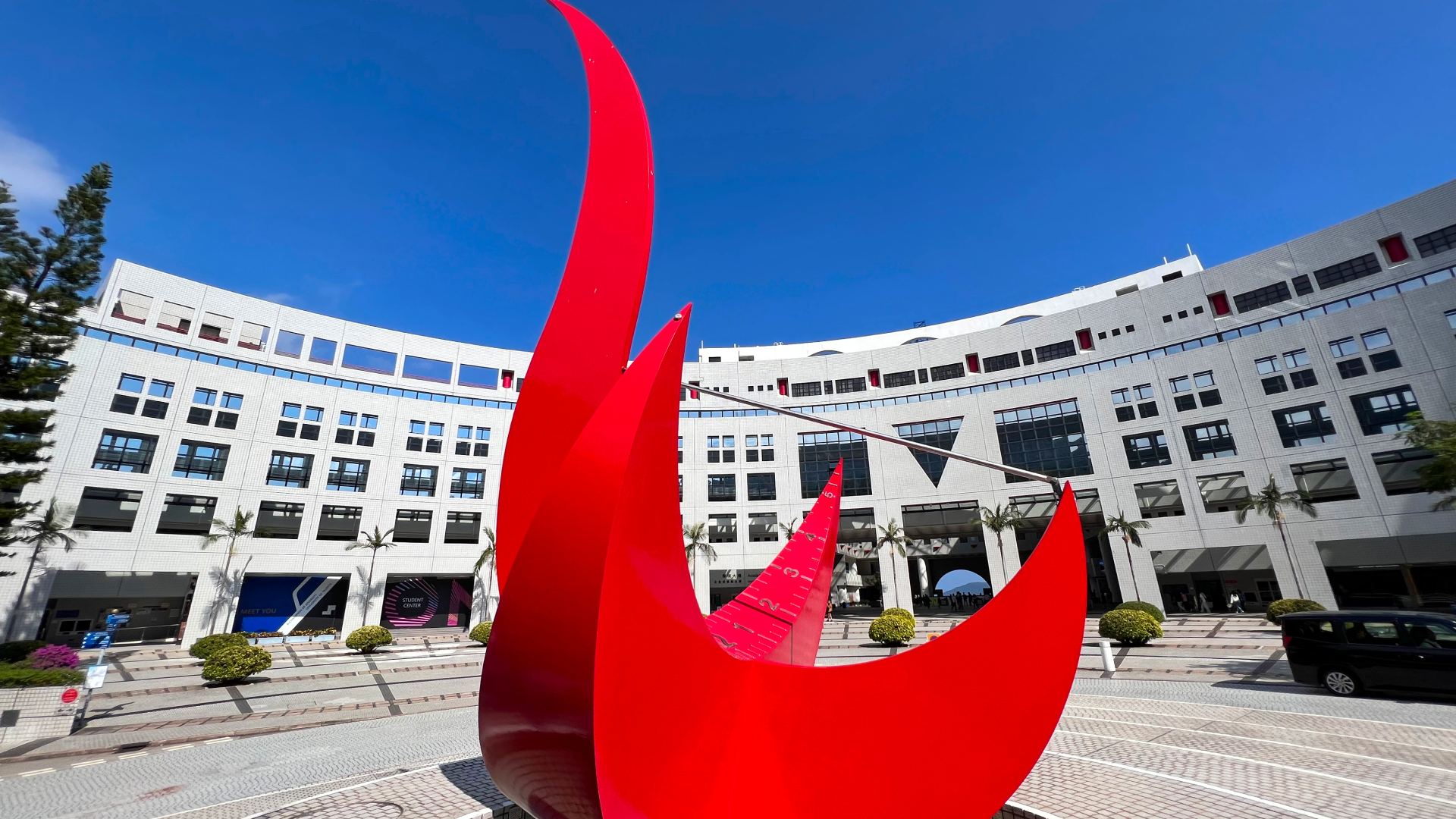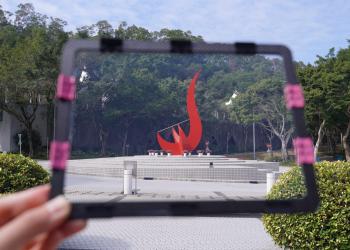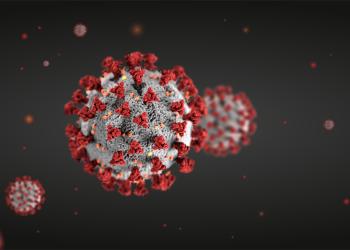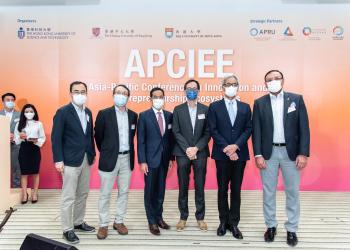News & Stories
2022
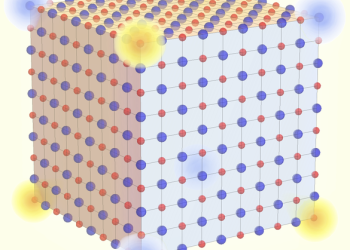
News
HKUST Co-led Study Reveals Topology at the Corner of the Dining Table
A joint research team from the Hong Kong University of Science and Technology (HKUST) and the University of Tokyo discovered an unusual topological aspect of sodium chloride, commonly known as table salt, which will not only facilitate the understanding of the mechanism behind salt’s dissolution and formation, but may also pave the way for the future design of nanoscale conducting quantum wires.
There is a whole variety of advanced materials in our daily life, many gadgets and technology are created through the assembly of different materials. Cellphone, for example, adopted a combination of many different substances — glass for the monitor, aluminum alloy for the frame, and metals like gold, silver and copper for its internal wirings. But nature has its own genius way of ‘cooking’ different properties into one wonder material, or what is known as ‘topological material’.
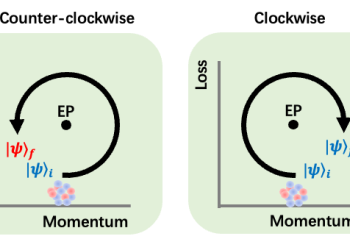
News
HKUST researchers find new way of gaining quantum control from loss
Researchers at the Hong Kong University of Science and Technology (HKUST) have demonstrated a new way to control the quantum state through the loss of particles – a process that is usually avoided in the quantum device, offering a new way towards the realization of unprecedented quantum states.
Manipulating a quantum system requires a subtle control of quantum state with zero imperfect operations, otherwise the useful information encoded in the quantum states is scrambled. One of the most common detrimental processes is the loss of particles that consist of the system. This issue has long been seen as an enemy of quantum control and was avoided through the isolation of the system. But now, researchers at the HKUST have discovered a way that could gain quantum control from loss in an atomic quantum system.
The finding was published today in Nature Physics.
2021

News
Research jointly led by HKUST and HKBU Unlock Biogeographical Secrets of Deep-sea Limpets
Researchers from The Hong Kong University of Science and Technology (HKUST) and Hong Kong Baptist University (HKBU) have decoded for the first time the demographic history, genetic structure, and population connectivity of a deep-sea limpet widely distributed in vent and seep ecosystems in the Northwest Pacific. This study not only enhances our knowledge of the historical population divergence and contemporary gene flow of deep-sea organisms under the intricate interactions amongst local habitats, seafloor topography, and ocean currents, but also serves as a scientific basis for better conservation of marine biodiversity and more effective environmental management.

